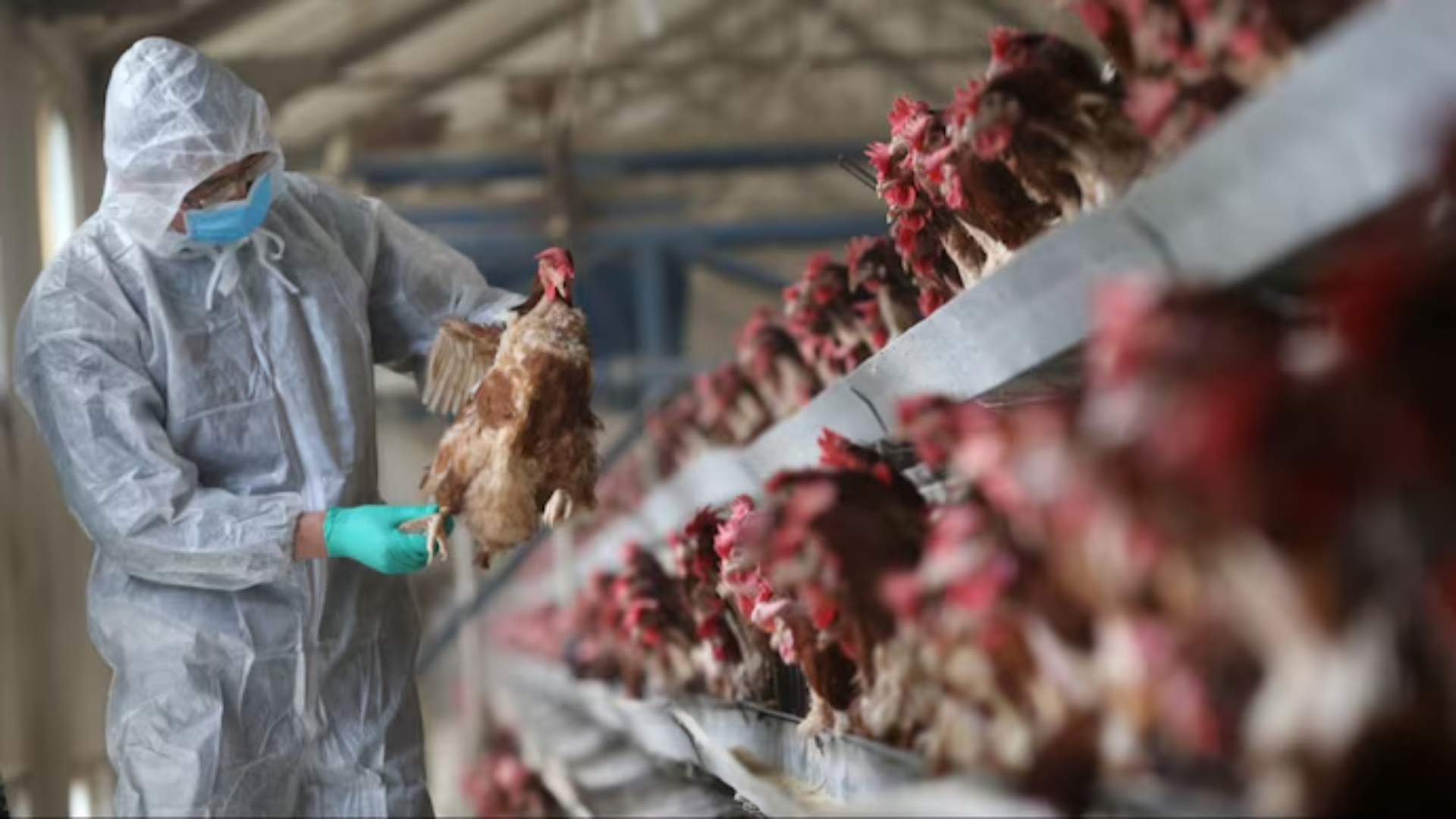The detection of bird flu virus remnants in pasteurized cow milk in the United States has prompted questions regarding the potential spread to humans. However, experts emphasize that the likelihood of food contamination posing a significant health risk is minimal.
US authorities disclosed on Tuesday that they identified traces of bird flu virus in the cow milk supply during a comprehensive study, yet they reassured that these samples posed negligible health risks to humans.
What’s the Situation?
An outbreak of Highly Pathogenic Avian Influenza (HPAI) has affected dairy cattle herds across the United States, resulting in one human infection with mild symptoms, according to authorities.
Despite the H5N1 strain of HPAI causing extensive poultry fatalities in the current wave, afflicted cows have not exhibited severe illness.
The US Food and Drug Administration reported that viral particles were found in “milk from affected animals, in the processing system, and on the shelves” during a nationwide survey. However, these samples underwent quantitative polymerase chain reaction (qPCR) testing, capable of detecting remnants of the virus’s genetic material, although the virus itself was neutralized by pasteurization heat.
How Did This Occur?
The bird flu A/H5N1 strain emerged in 1996, but since 2020, the prevalence of contaminated bird populations has surged, with an increasing number of mammals, including cows and goats, being infected.
In March, cows and goats were unexpectedly added to the list of susceptible animals, surprising experts who previously considered them unlikely to contract this virus.
“In the United States, a novel H5N1 virus has mixed with local strains, exhibiting rapid multiplication in a cow’s udder,” explained Jean-Claude Manuguerra, director of the environment and infection risks department at the Pasteur Institute in Paris.
Despite the significant poultry casualties caused by H5N1 in the ongoing outbreak, infected cows have not displayed severe symptoms.
Pandemic Potential?
According to current research, most experts believe that even if the bird flu virus transmits to humans, the likelihood of widespread transmission remains low.
“Should we be concerned about finding traces of the virus in cow milk? No, although the susceptibility of another animal to this virus contamination is concerning,” remarked Bruno Lina, a virologist at Lyon Hospital in southeast France.
“We might see sporadic cases in animals or humans, but there’s no evidence of significant virus mutation that would elevate pandemic risk compared to three or four months ago,” he added.
Human Health Risks?
In early April, US authorities reported a case of bird flu infection in a person working on a dairy farm in Texas. The individual experienced mild symptoms, including an eye infection, following direct contact with a cow.
“The virus can cause infection in humans in two specific areas: a mild eye infection or in the pulmonary alveoli, the deepest parts of the lung,” explained Lina. “In the latter case, the infection can be severe, with approximately half of the roughly 900 documented H5N1 cases in humans over the past two decades resulting in death.”
However, the risk of consuming pasteurized milk, even with trace amounts of the virus, is nearly negligible.


















